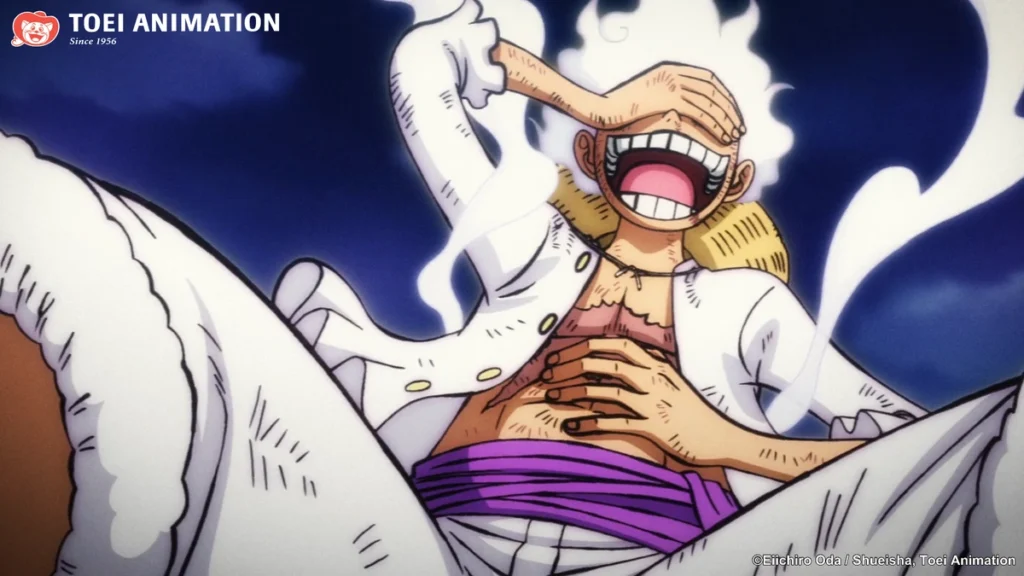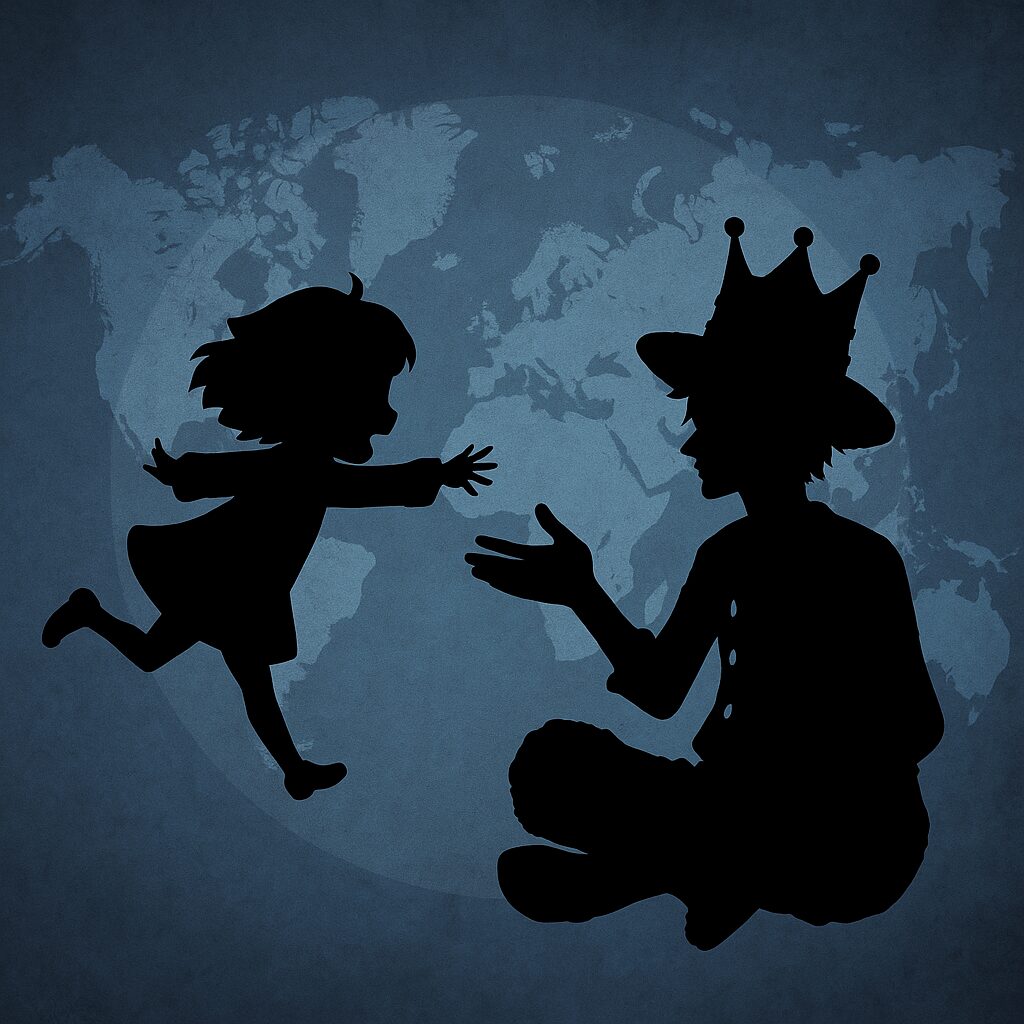The Changing Tide: Spy x Family Tops the Charts as One Piece Holds the Crown


For over two decades, One Piece has stood unchallenged atop the global manga world which is a towering titan of creativity, longevity, and emotional storytelling. But as 2025 unfolds, a surprising ripple has appeared on the calm seas of its dominance. In Japan’s latest Oricon weekly rankings, Spy x Family, Tatsuya Endo’s hit about a fake family of spies, assassins, and telepaths, has edged past One Piece in domestic sales.

At first glance, it looks like history in the making with a new generation of readers, a new kind of story, and a new leader of the charts. But numbers, as they often do, hide the deeper truth. Because while Spy x Family may have claimed the week, One Piece still rules the era. With more than 578 million copies sold worldwide, Eiichiro Oda’s pirate saga remains the best-selling manga of all time, towering far above the competition. What we’re witnessing isn’t a fall from the throne rather a generational shift, a passing of the torch in readership tastes, format, and cultural rhythm.
A New Challenger in the East
The success of Spy x Family represents a unique cultural moment. Unlike the sprawling epics that defined the golden age of shonen manga such as Naruto, Bleach, and One Piece, Endo’s series thrives on compact storytelling, family dynamics, and everyday humor set against a backdrop of Cold War intrigue.
Its premise is as absurd as it is heartfelt: a master spy (Twilight), an assassin (Yor), and a telepathic child (Anya) must pretend to be a family to maintain their covers. What begins as deception quickly transforms into genuine affection, and that emotional irony that truth can emerge through lies has resonated deeply with modern readers.
In Japan, the manga’s combination of warmth and wit has made it a cross-demographic hit. It’s a story that appeals equally to teens, adults, and even parents, a rarity in a medium often segmented by age. Its anime adaptation, produced by Wit Studio and CloverWorks, elevated its global profile, introducing the series to millions of new fans across Netflix, Crunchyroll, and beyond.
And now, as it climbs the charts past One Piece for the first time, Spy x Family symbolizes the modern reader’s appetite: shorter arcs, relatable characters, and emotionally digestible storytelling in an era dominated by digital reading and social media.
The Endurance of a Legend
But to understand why this shift matters, one must first grasp the scale of what One Piece has achieved. Since its debut in 1997, Eiichiro Oda’s world-spanning adventure has redefined the possibilities of serialized storytelling.

Twenty-five years, over one thousand chapters, and still sailing strong. Few works in any medium can claim such consistency of vision. Oda’s ability to weave mystery, humor, and heartbreak into an interconnected world has made One Piece more than a manga; it’s a mythos, a modern epic rivaling the great sagas of history.
The cumulative total of 578 million copies sold is a reflection of cultural gravity. One Piece didn’t merely sell volumes; it shaped generations. Its influence can be seen across countless creators, from My Hero Academia and Attack on Titan to the recent surge of fantasy-adventure titles that borrow its template of found families and moral complexity.
Even with new titles surging ahead in short bursts, the scale of One Piece’s global resonance remains unmatched. When its anime reached the Wano Country arc, streaming platforms saw record-breaking viewership spikes. When One Piece Film: Red premiered, it shattered box office records in Japan and abroad.
The Battle of Generations
So what does it mean that Spy x Family has surpassed One Piece, even briefly? In truth, it’s not a battle for supremacy, but a conversation between generations.
In the late 1990s and early 2000s, the shonen landscape was defined by sprawling, multi-decade epics. Readers were expected to invest years, even decades, following their heroes from humble beginnings to mythic ends. Patience was part of the reward. The slower pace and long-form emotional arcs built a kind of loyalty rarely seen in modern entertainment.
Today’s readers, however, live in a different rhythm. The rise of smartphones, web manga, and binge culture has created an audience that consumes stories faster, more selectively, and with lower tolerance for narrative stagnation. Where One Piece unspools its mysteries across hundreds of chapters, Spy x Family delivers emotional payoff within a handful of pages.
It’s not a clash of quality but of structure. One Piece is the ocean being vast, endless, and demanding navigation. Spy x Family is the harbor being accessible, intimate, and instantly rewarding. Together, they reflect two halves of the manga experience: the timeless and the timely.
Digital Seas and New Horizons
Another major factor in this shift lies in distribution. The modern manga market is no longer bound by print. With platforms like Shonen Jump+, Manga Plus, and Kindle dominating sales, digital readers now account for a massive portion of revenue.
Spy x Family is, in many ways, a digital native. It began serialization on Shonen Jump+ from the get-go: an app-based platform that reached global audiences instantly. Fans outside Japan could read new chapters legally within hours of release, a massive leap from the early 2000s, when foreign readers waited months (or relied on fan translations) to catch up.
One Piece, though also distributed digitally, was born in a different age. Its cultural roots are tied to the tactile with the ritual of buying Weekly Shonen Jump, flipping through pages, and trading theories on schoolyards and internet forums. For older fans, One Piece is a memory of how stories used to feel.
Now, as manga reading habits shift toward mobile platforms and subscription models, shorter, self-contained series like Spy x Family gain an edge in accessibility. They fit into the rhythm of a busy world: commutes, lunch breaks, scrolling at night, whereas One Piece remains an odyssey that demands full attention and emotional stamina.
Beyond the Numbers: Legacy vs. Momentum
Sales figures often capture attention, but they rarely tell the full story. Spy x Family’s climb reflects momentum… a wave of excitement amplified by anime releases, merchandise, and global marketing. One Piece’s numbers represent legacy in a quarter-century of sustained passion that doesn’t fade when a new title trends.
Even when new contenders surge ahead, One Piece maintains one of the largest active fan communities in the world. Online forums, theory channels, and academic papers continue to dissect its themes of freedom, justice, and inherited will. Meanwhile, global events like the One Piece Day convention in Tokyo and the One Piece Live Action series on Netflix keep expanding its cultural reach far beyond the printed page.
The difference, then, is one of tempo. Spy x Family is a song at its peak being bright, catchy, and fresh. One Piece is a symphony still unfolding, its crescendo yet to come.
The Broader Sea of Manga Competition
While headlines often pit the two series against each other, they’re part of a larger renaissance in manga. Titles like Jujutsu Kaisen, Blue Lock, Chainsaw Man, and Kaiju No. 8 are redefining the modern shonen experience. The competition between these worlds strengthens the industry.
Japan’s Oricon rankings are more vibrant now than at any time in the past decade. Each week reveals a new leader, reflecting how diverse reader tastes have become. Romantic comedies, sports dramas, supernatural thrillers, and slice-of-life series coexist at the top, each claiming its audience and cultural moment.
This diversification of success is exactly what Eiichiro Oda once hoped for. In interviews, he often expressed the belief that One Piece’s longevity should inspire, not intimidate, younger creators. “Stories,” he once said, “should not be compared by how long they last, but by how deeply they move someone.”
That sentiment captures the spirit of this new era. Whether it’s the world-shaking battles of Luffy or the domestic chaos of the Forgers, what unites manga readers today is emotion– laughter, tension, and that unmistakable spark of connection.
The Culture of Connection
One of the most fascinating aspects of Spy x Family’s rise is its ability to create community through relatability. The story, though wrapped in espionage tropes, is ultimately about found family which is a theme One Piece has championed for decades.
Where Luffy builds his crew across oceans, Twilight and Yor build theirs across secrets. Both stories are about building trust, loyalty, and love in unlikely places. In that sense, Spy x Family isn’t competing against One Piece, rather, it’s continuing its emotional lineage in a new context.
This generational continuity explains why fans of Oda’s saga often embrace, rather than resent, the newcomers. Many One Piece readers also follow Spy x Family, seeing it as a lighter counterpart– a story they can share with their children while still holding onto their own epic adventure.
It’s a beautiful symmetry: the old guard inspiring the new, and the new reminding the old why they fell in love with manga in the first place.
Oda’s Philosophy of Longevity
Eiichiro Oda has long been aware of changing tides in manga readership. In multiple interviews, he’s acknowledged that younger audiences have shorter attention spans and more entertainment options. His response hasn’t been to simplify, but to deepen.
Recent arcs like Wano and Egghead show a creator unafraid to evolve. He’s fused cyberpunk science with mythological storytelling, turned world-building into philosophical commentary, and woven threads from decades past into moments of closure. The scope of One Piece today feels more cinematic than ever being a testament to Oda’s refusal to stagnate even as new waves of manga rise around him.
This constant reinvention ensures that One Piece doesn’t compete with newcomers. It coexists, standing as the genre’s living memory while still looking forward.
The Future of the Great Voyage
As the One Piece manga nears its final saga, fans around the world are preparing for an emotional farewell. Yet even when the final chapter arrives, the story’s presence won’t fade. If anything, it will grow stronger entering the pantheon of timeless epics like Dragon Ball, Slam Dunk, and Naruto.
Meanwhile, Spy x Family continues to expand its universe, with new volumes, spin-offs, and a second anime season keeping the momentum alive. Its global appeal hints at a future where manga success is no longer measured solely by decades of serialization, but by emotional universality and creative impact.
Together, these two works, one nearing its conclusion, one still rising, represent the dual heartbeat of modern manga: tradition and transformation.
A Sea Without End
The truth is, there’s room on the seas for both pirates and spies. One Piece and Spy x Family don’t exist in opposition as they sail different waters that converge in the same ocean of imagination.
When Spy x Family topped the Oricon charts, fans of both series celebrated, not fought. They recognized that manga’s true power lies not in competition, but in connection in its ability to reflect every kind of dream, every kind of reader.
So while the headlines may say that Spy x Family has “surpassed” One Piece, the reality is more poetic: the new generation is sailing alongside the old, guided by the same stars.
Because in the end, Oda’s message remains true that the world is vast, and there’s enough adventure for everyone.
One Piece: 578 million copies sold and still growing.
Spy x Family: a new global sensation redefining the art of storytelling.



